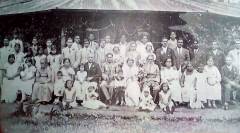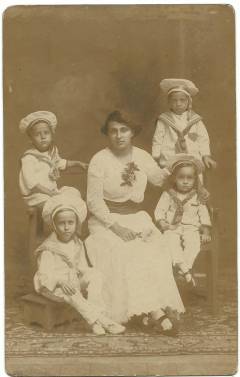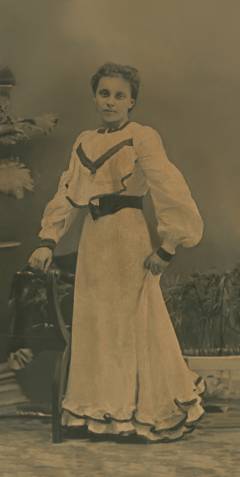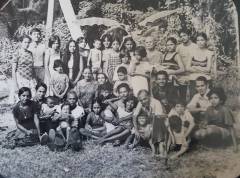Sinhala archaic numerals
Sinhala archaic numerals (Sinhala Illakkam) were one of five different numerals sets used in Sri Lanka during the kingdom of Kandy. In the context of genealogy, the Sinhala archaic numerals were used to record ages, dates, and record numbers. Similar to Roman numerals, Sinhala archaic numerals did not include a representation for zero. As the influence of European colonial powers grew in Sri Lanka, the adoption of Western systems became more prevalent. The arrival of Portuguese, Dutch, and later British colonizers introduced the Hindu-Arabic numeral system, which eventually superseded the use of Sinhala archaic numerals. The introduction of Western education and administration further accelerated the decline of Sinhala archaic numerals, and by the mid-19th century, these numerals had completely vanished from civil records.
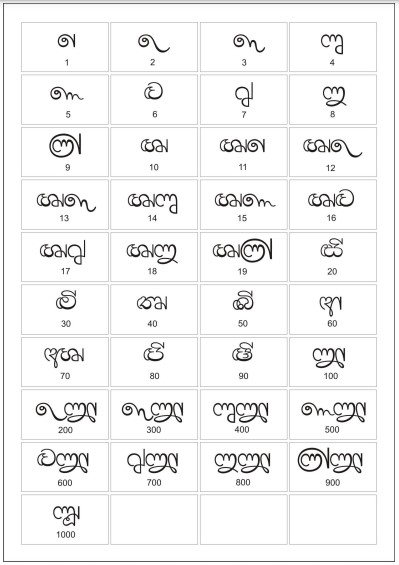
Sample Sinhala archaic numerals with their Hindu-Arabic equivalents
- 𑇲𑇩 = 90 + 9 = 99
- 𑇣𑇳𑇱𑇨 = 3*100 + 80 + 8 = 388
- 𑇡𑇳𑇫𑇣 = 1*100 + 20 + 3 = 123
- 𑇡𑇴𑇩𑇳𑇲𑇨 = 1*1000 + 9*100 + 90 + 8 = 1998

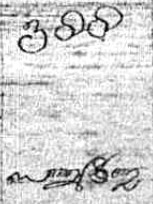
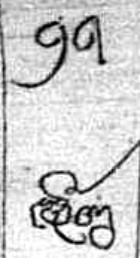
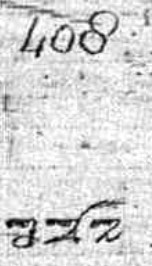
To distinguish between the similar-looking numerals 4,8 and 100, their ‘diacritic’ shapes were altered.


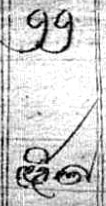
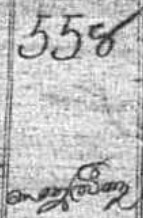
An in-depth exploration of the history and evolution of these numerals can be found in the book: Numerations in the Sinhala Language by Harsha Wijayawardhana.
Sources
Tamil archaic numerals
Tamil has its own numerals, and similar to the Sinhala numerals, does not contain a representation of zero.
| Tamil Numerals | Equivalent Hindu-Arabic numerals |
| ௧ | 1 |
| ௨ | 2 |
| ௩ | 3 |
| ௪ | 4 |
| ௫ | 5 |
| ௬ | 6 |
| ௭ | 7 |
| ௮ | 8 |
| ௯ | 9 |
| ௰ | 10 |
| ௱ | 100 |
| ௲ | 1000 |
Sources




